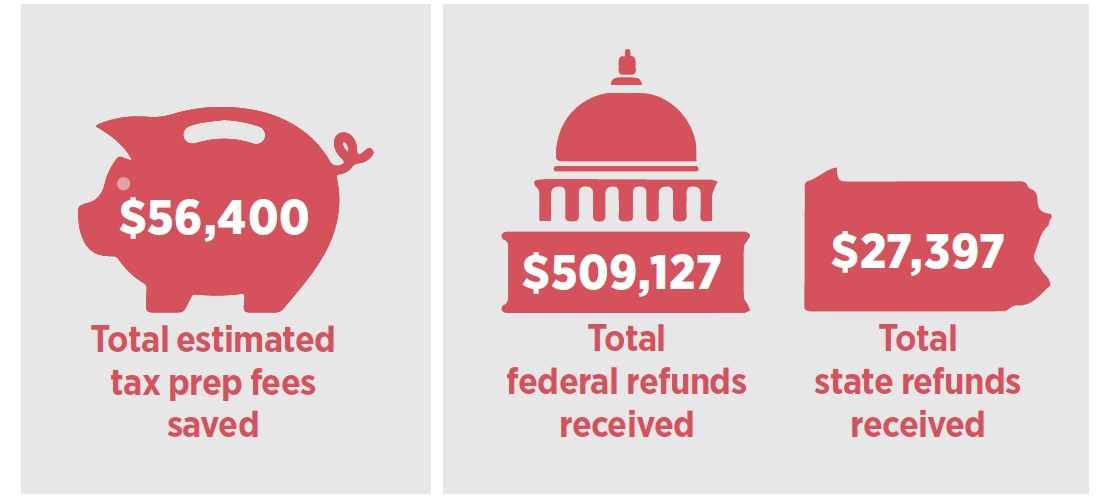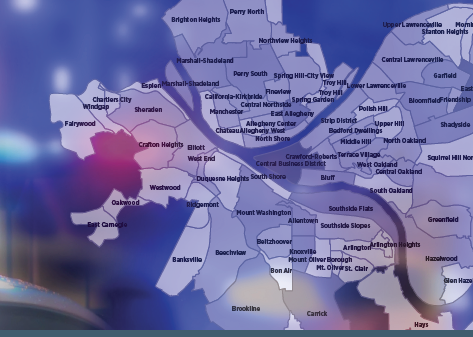The Allegheny County Department of Human Services (DHS) continuously strives to better understand our clients’ experiences and incorporate that feedback into service planning. We recently tested satisfaction kiosks as a new way of collecting feedback. The wireless kiosks were placed in a variety of service locations and asked clients to indicate their satisfaction by pressing a button, with the results quickly and anonymously sent to DHS. Staff and clients responded positively to the pilot, and we were able to collect feedback on a range of services. Building on the success of the pilot, we are continuing to employ innovative technology to hear from the people we serve.
This series of three reports gives an overview of the kiosk pilot program and then takes a closer look at ways the kiosks are helping us better understand our clients.
Piloting Satisfaction Kiosks: Overview, Implementation and Insights
Read about how the pilot was implemented, examples of survey questions, lessons learned, and next steps for building on the success of the pilot.
Satisfaction Kiosk Findings: Clients’ Overall Satisfaction
This data brief describes the results of six different survey questions that asked DHS clients about their overall satisfaction. Some clients responded to the question, “How did you feel about the service you received today?” while others were asked to agree or disagree with statements such as, “I feel better than when I came in” and “I felt heard today by staff.”
Satisfaction Kiosk Findings: Clients’ Experience with Homelessness and Housing Services
This data brief describes the results of survey questions that were asked of some clients who visited housing and homelessness programs. Clients used kiosks to give feedback on service quality, their unmet needs, and interest in possible future programming.







